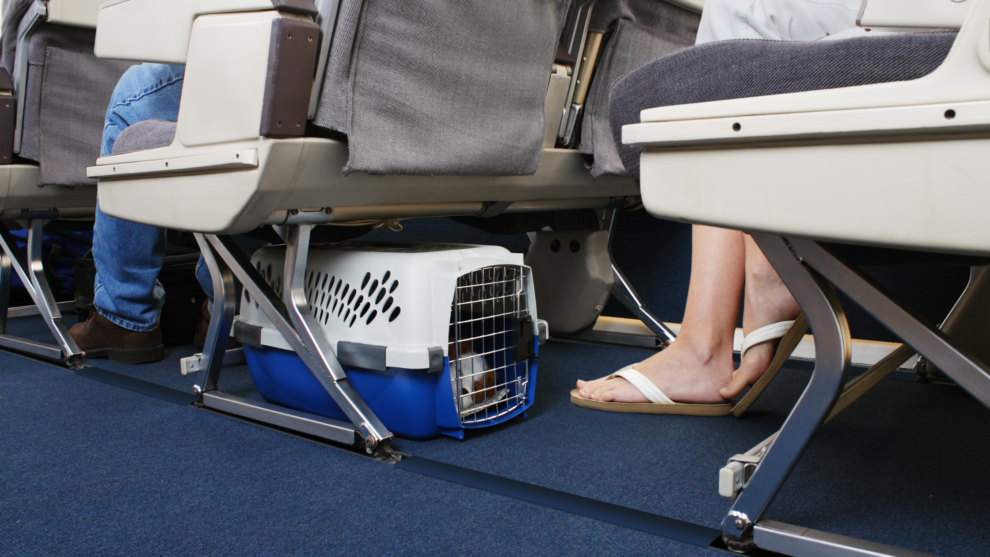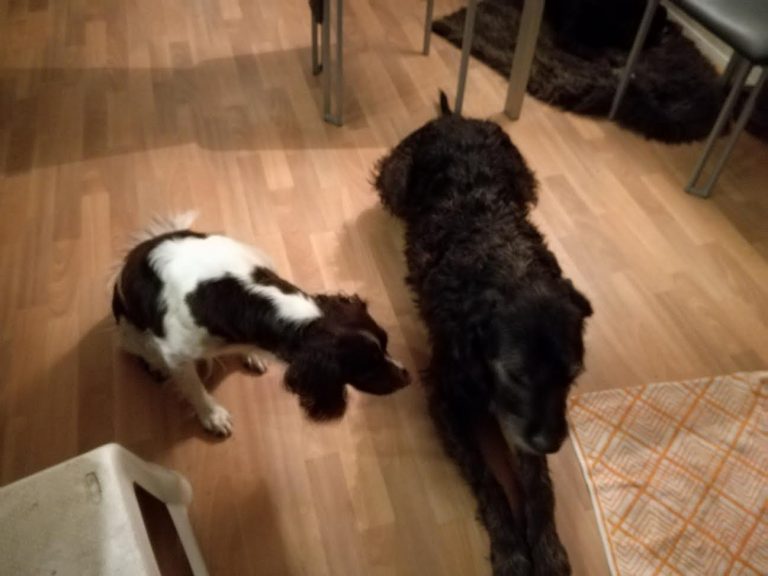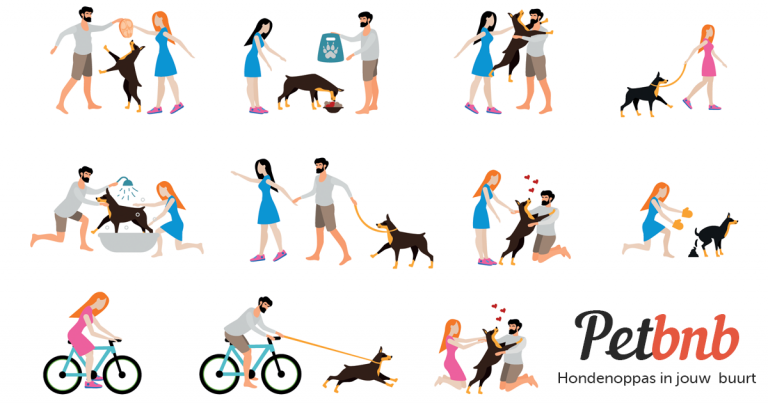More and more people are flying with their pets. Convenient for you, but not always pleasant for your pet. In this article you'll read about what flying does to dogs and cats, and get clear steps to reduce stress-plus a peaceful alternative.
Wellness during air travel
An airplane is unfamiliar to animals. There are strange noises, vibrations and fluctuations in air pressure. This often leads to stress.
Research shows increased cortisol levels see in air travel. This is a clear stress indicator.
Dog vs. cat
Dogs miss their owners. Traveling in the cargo hold increases their stress.
Cats are Strongly attached to their own environment. Change creates tension, sometimes even before boarding.
Stress signals
- Panting or irregular breathing (dog)
- Excessive meowing or just quiet/apathetic behavior (cat)
- Trembling, rapid heartbeat, eating less
Prolonged stress can lead to stomach problems or a weaker immune system.

When to fly / not to fly?
- Character: Is your animal stressful or flexible?
- Flight time: short is less stressful than long-haul.
- Alternatives: rather choose a car ride or a pet sitter.
Expert advice: Fly only if you must. A vacation is rarely reason enough.
Tips for dogs
1) Choose the society
See if dogs are welcome and compare terms and conditions.
2) Cabin or cargo hold
Small dogs (often up to ±8 kg with basket) can sometimes go in the cabin. Larger dogs go in the cargo hold. Use an IATA-approved kennel.
3) Preparation
- Let the carrier get used at home.
- Exercise well in advance (long walk).
- No big meal just before departure.
4) Comfort
- Familiar blanket or toy.
- Good ventilation and water bowl.

Tips for cats
1) Travel basket
Choose compact and sturdy. Provide ventilation and a soft, absorbent bottom.
2) Habituation
Start weeks in advance. Put in a blanket with your own scent and leave the basket open.
3) Nutrition & water
- No big meal several hours before departure.
- Pay attention to hydration. In case of long flights, consult with your veterinarian.
4) Sedatives
Use this only After consulting with your veterinarian. Some remedies backfire. Also read: catnip.

Conclusion & alternative
Flying is often exciting for pets. Some animals get used to it, but many suffer from stress.
Recommendations
- Consider alternatives: only fly if you really have to.
- Prepare your animal well and ask your veterinarian for advice.
- Know your animal and choose what gives the most peace of mind.
Choose peace of mind: Petbnb babysitter
Want to avoid stress? Then arrange for a babysitter. Also last minute succeeds through Petbnb. This is how your journey feels like vacation for your four-legged friend, with pet sitter at home or boarding.









